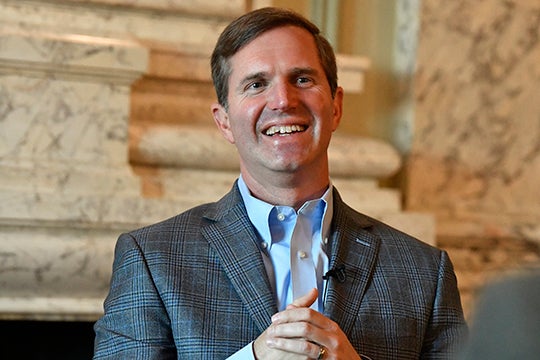Road to Recovery: Mayfield, Graves County leaders ‘thinking about rebuilding all the time’
Published 12:51 pm Monday, October 30, 2023
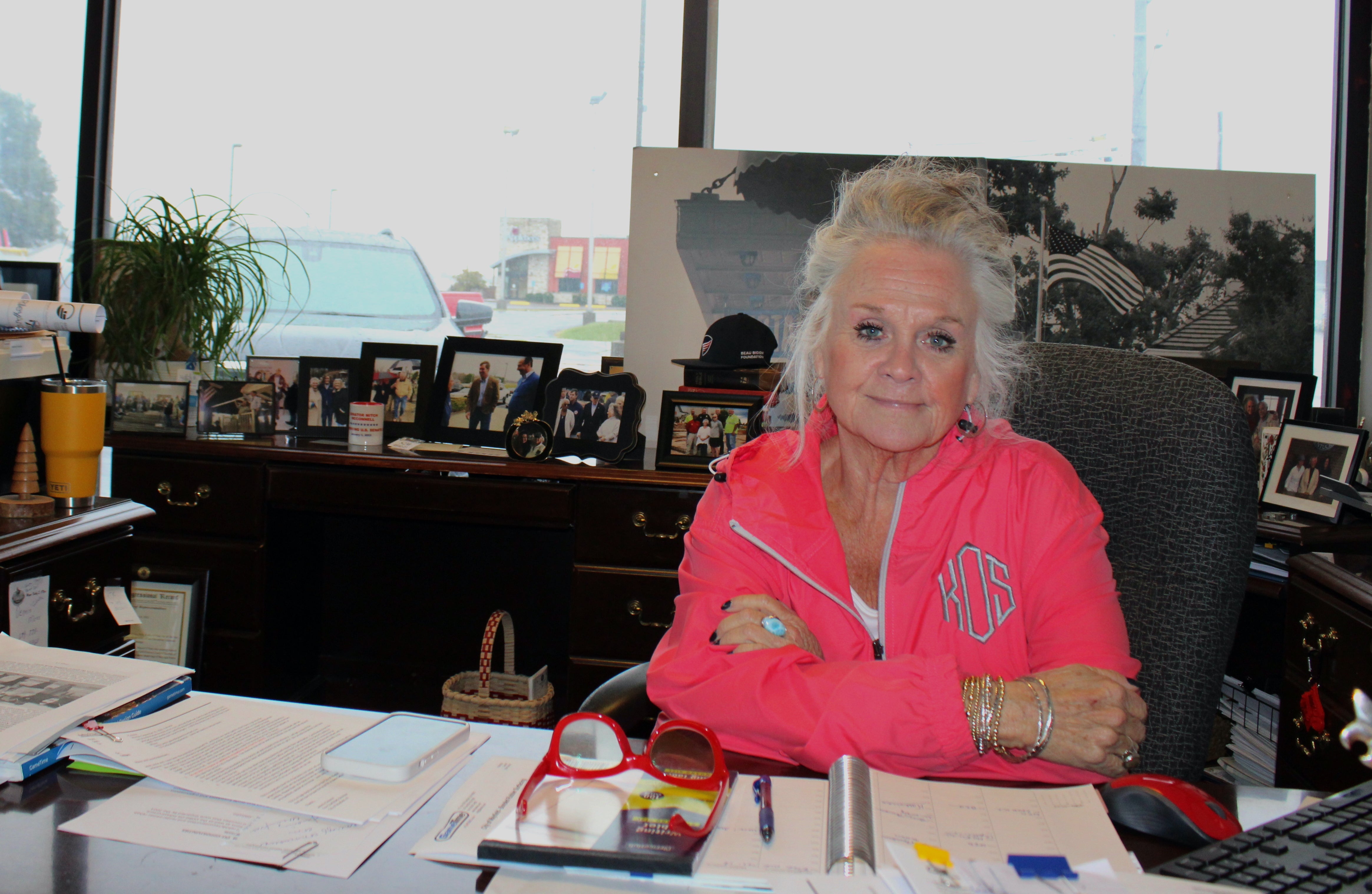
- Mayfield Mayor Kathy O’Nan keeps photos of her and political leaders on her desk in a former fitness center-turned office in Mayfield in October.
This is the final part of a series examining disaster recovery in Kentucky communities.
When the sun rose on Mayfield around 6:15 a.m. on December 11, 2021, Mayor Kathy O’Nan was shocked.
“It was just horrid, it looked like bombs had gone off,” she said.
The entire night, O’Nan had stood by as emergency services responded to the tornado. She was a retired school teacher; she didn’t know what to do.
In the two years since the natural disaster, though, O’Nan has become one of the faces of recovery.
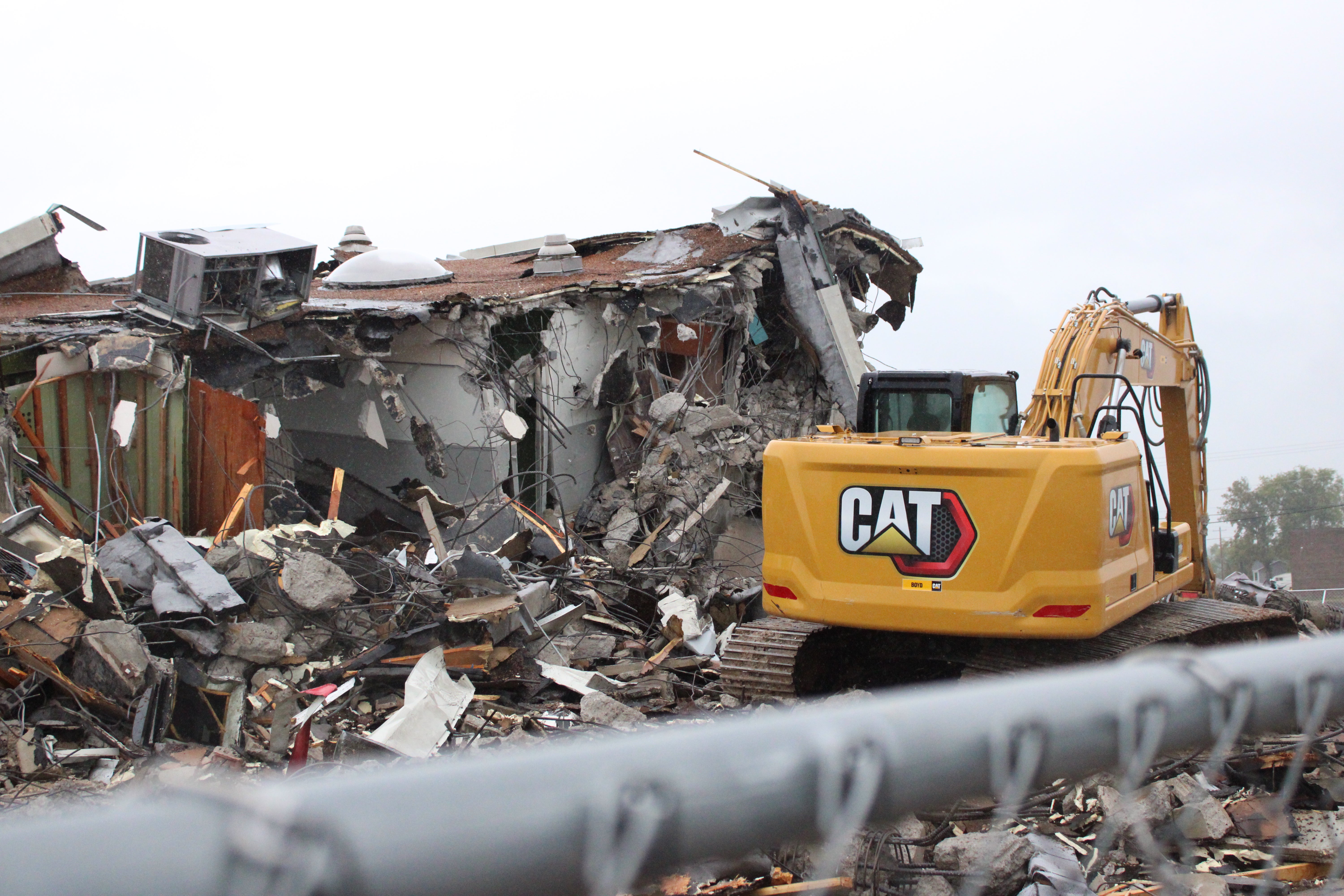
Mayfield City Hall is demolished in October. The building was hit by the 2021 tornadoes.
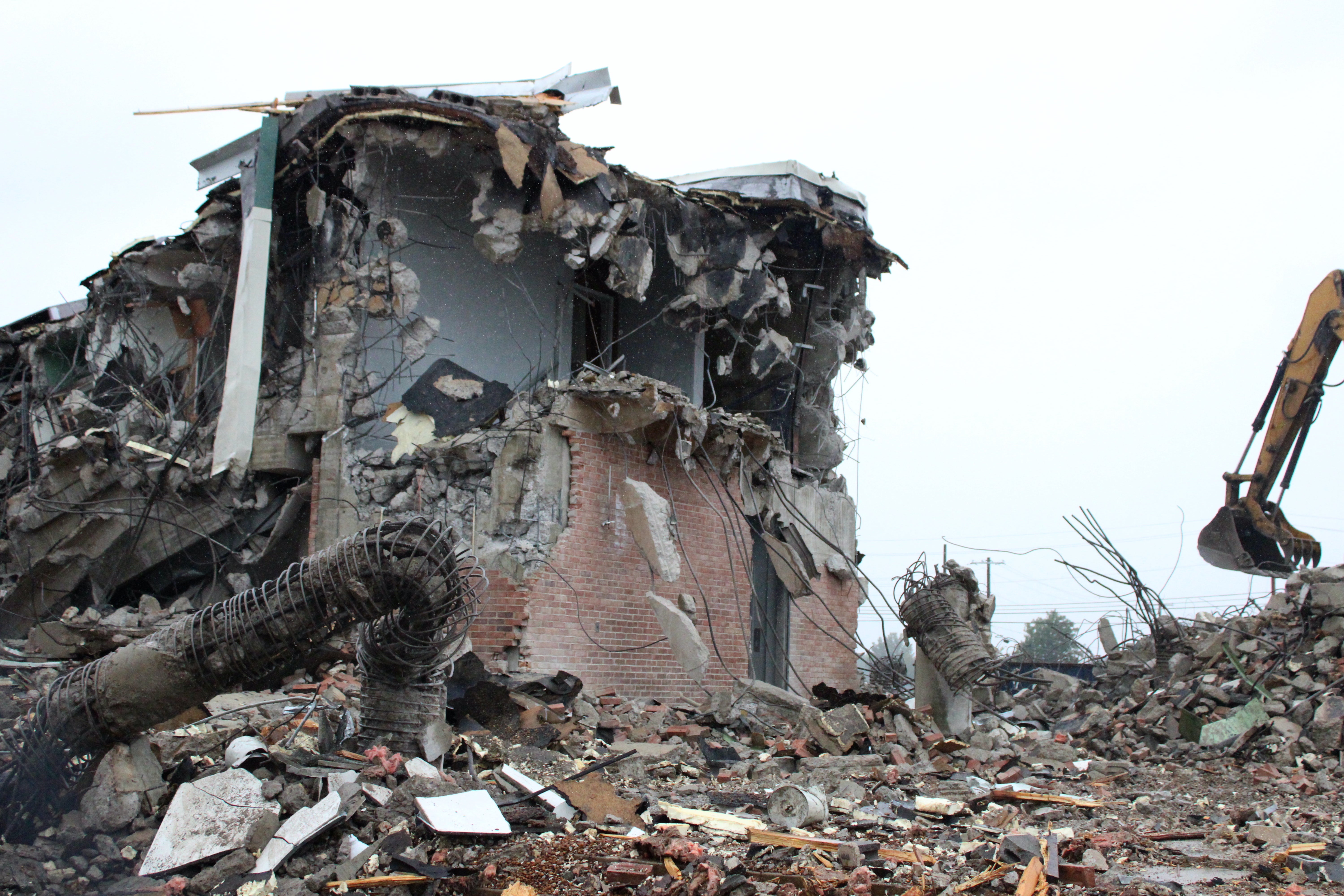
Mayfield City Hall is demolished in October. The building was hit by the 2021 tornadoes.
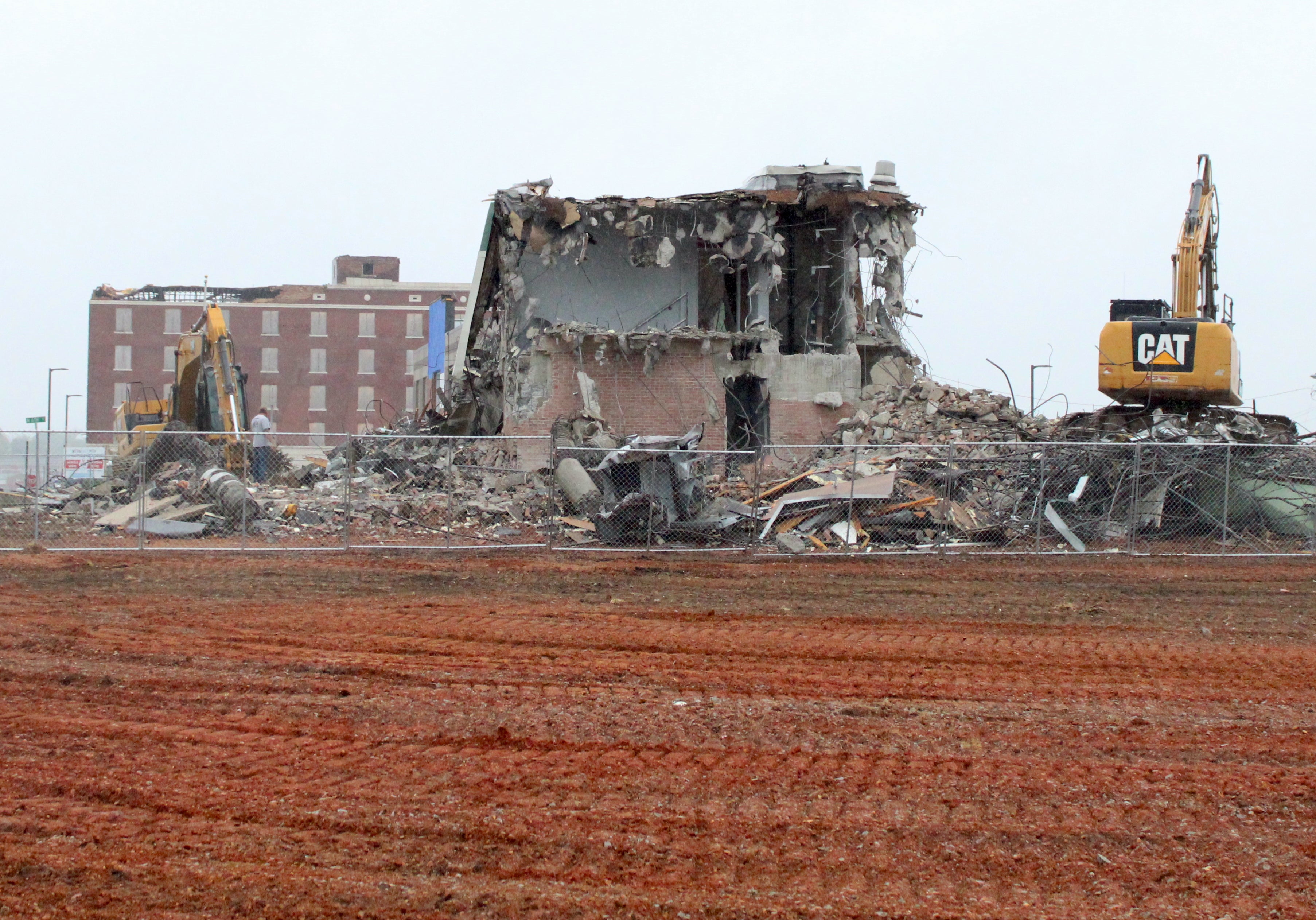
Mayfield City Hall is demolished in October. The building was hit by the 2021 tornadoes.
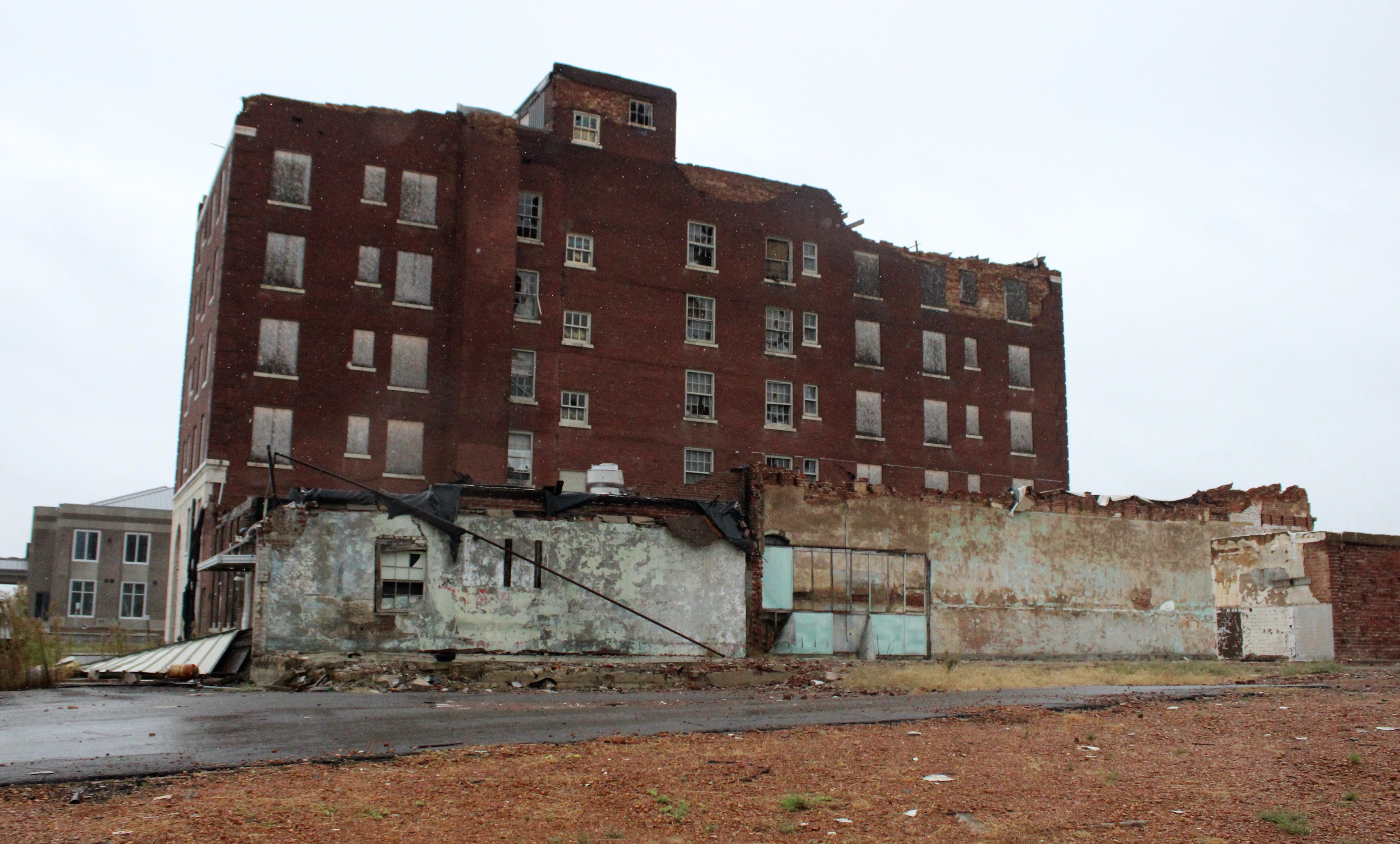
A building in downtown Mayfield hit by the 2021 tornadoes.
The sticky note meeting
“There’s so much to that,” O’Nan said. “You would have no idea unless you’re in the middle of it.”
But Mayfield Rebuilds was formed long before the cleanup was over. It was a rag-tag group, made up of community members answering the call to action.
The group was based off a FEMA plan, and divided into eight working groups, aligned with different components of recovery: housing, utilities/transportation, rebuild and design, business, quality of life, education and healthcare.
On March 24, 2022, Mayfield Rebuilds held what would be a game-changing meeting.
Everyone was invited to Mayfield High School, where they were handed sticky notes. They wrote their ideas for what they wanted their rebuilt community to look like on the notes, and stuck them on a board in one of the eight labeled recovery categories, plus a miscellaneous “parking lot” section.
Those ideas would form the blueprint of the new Mayfield, O’Nan said. It was the recovery group’s job to figure out which ideas were possible.
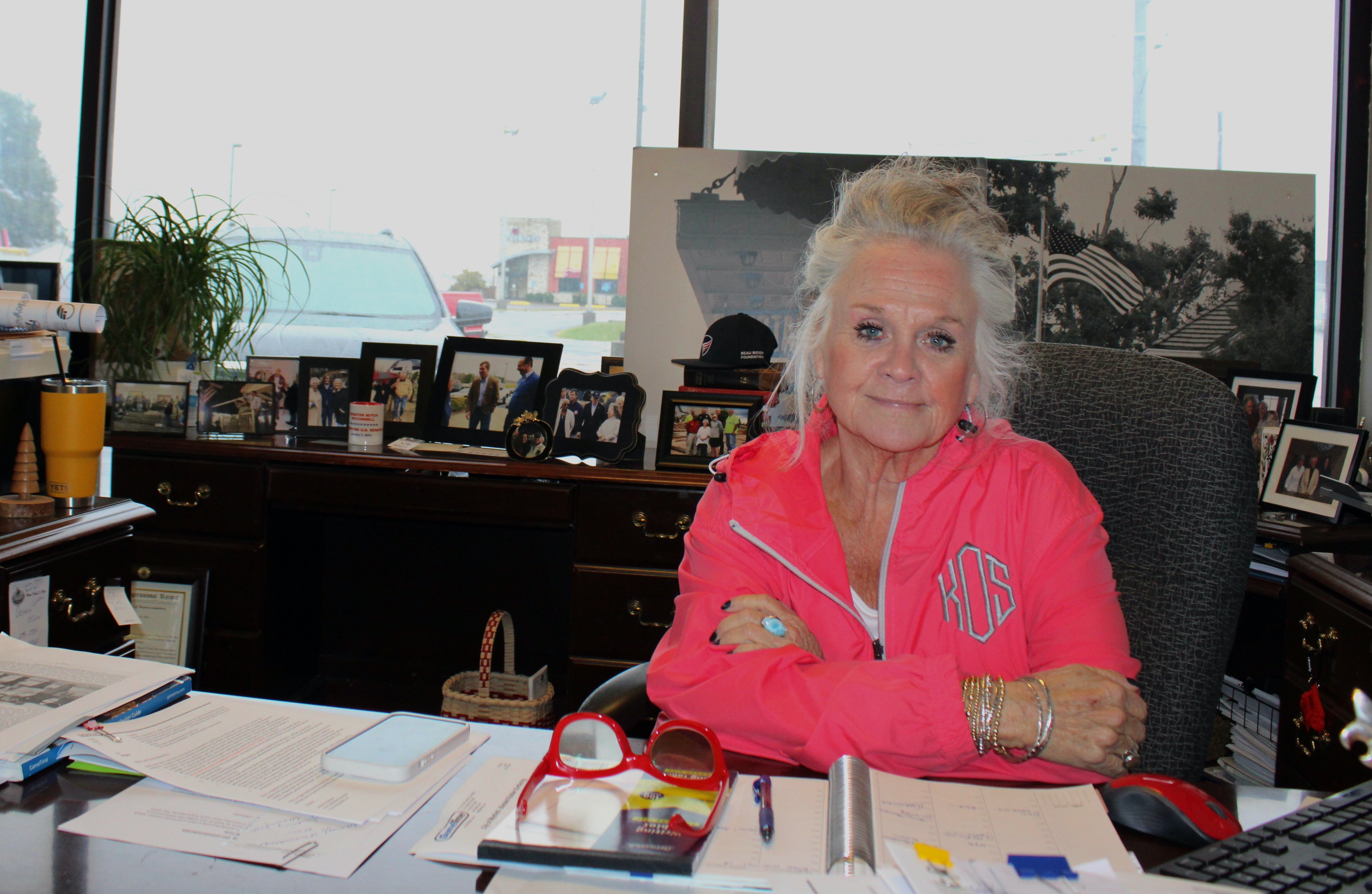
Mayfield Mayor Kathy O’Nan keeps photos of her and political leaders on her desk in a former fitness center-turned office in Mayfield in October.It took until August 2022 to wade through the tornado debris.
Mayfield Rebuilds Chair Jill Celaya said she didn’t truly understand the purpose of the sticky note meeting until nine months later.
“Our state representative walked up to me and he said, ‘How much?’ ” Celaya said. “And I was like, ‘Excuse me?’ He said, ‘How much money do you need?’ It was like the light bulb went off. That’s why we did this.”
O’Nan also realized the power of a plan when she went to the Transportation Department for money. They asked her for details of how she would use it, and thanks to the sticky note meeting, she had some.
Planning is most of O’Nan’s job description nowadays.
“You’re thinking about rebuilding all the time,” she said.
In two weeks, she submitted three huge proposals for federal grants. If awarded them all, Mayfield will receive over $60 million for housing, transportation and 2023 flooding recovery needs.
O’Nan read the front page of one transportation grant, which included a photo of her, President Joe Biden, and other political leaders in the tornado’s aftermath.
It includes a quote from Biden:
“We’re not leaving. We’re not going to leave. I promise you the federal government is going to be involved until this gets rebuilt.”
O’Nan smiled while reading it.
“I pity the fool that denies us this grant,” she said. “Put your money where your mouth is.”
A fire station in an elementary school
Western Kentucky received $200 million from the state legislature for recovery.
O’Nan said Mayfield used $600,000 of it in the first year to balance their budget, which needed a boost after four of the largest industries within city limits were wiped out.
The second year, they have used it to pay disaster consultants, urban planners and others until FEMA reimburses them.
Next year, O’Nan said they are asking for money to rebuild Mayfield’s police and fire stations.
Before the tornado destroyed them, Mayfield’s 50-year-old police and fire stations were already inadequate, she said.
But a legislative change in wording opened up eligibility for SAFE funds for capital improvements for emergency services.
Right now, one of the city’s fire station is located in the back of an elementary school that also serves as the city’s health department.
“Our chief, rightly so, laughs and says, ‘Our guys sleep in what was my third grade classroom,’ “ O’Nan said.
FEMA built another temporary fire station, but it only has one shower and is not a long-term solution, she added.
There is nowhere big enough to put ambulances, which contain medical equipment that needs to be climate controlled, so they keep the engines running nonstop, O’Nan said.
The police department is operating out of an office building they’ve subleased. O’Nan said it smells like marijuana there because there isn’t a good place for storage.
“We’re not building the Taj Mahal – none of our plans are grandiose,” O’Nan said. “But they’re adequate for these departments which serve these people extremely well. I’m so proud of the jobs that our employees have continued to do in barely adequate conditions.”
‘Until every survivor is reached’
About 800 residential and commercial structures were lost in the storm, said Matthew Allen, assistant executive director of Mayfield-Graves County Long Term Recovery Group.
A hodge-podge of nonprofits have helped rebuild. Samaritan’s Purse has built 28 of 100 pledged homes. Homes, Inc. and Hope for Kentucky have completed 30 in the county. Appalachian Service Project is committed to 15 to 20 homes.
The LTRG has connected survivors with mental health resources as they hear about them, and continue to provide other forms of support.
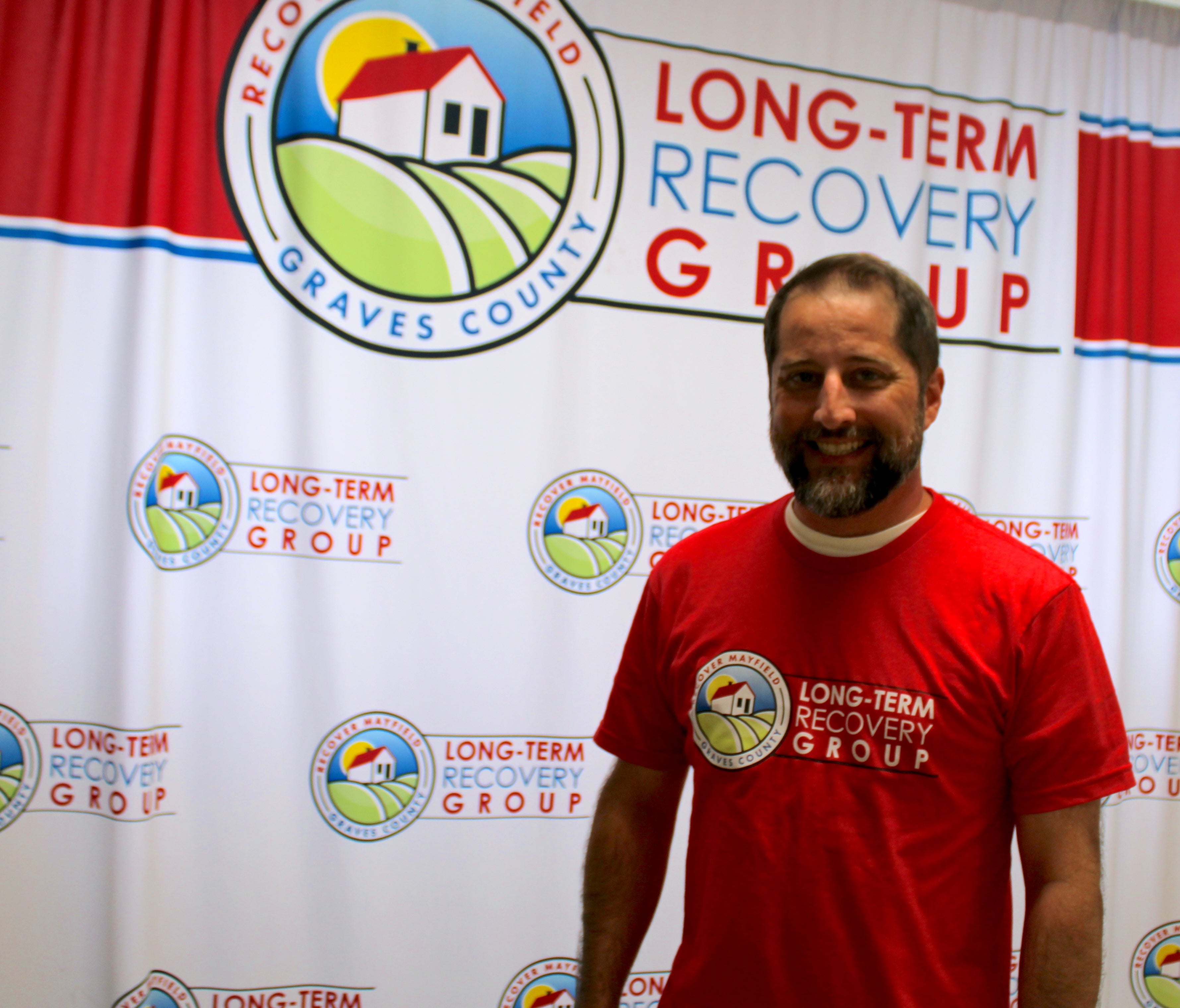
Mayfield-Graves County Long Term Recovery Group Assistant Executive Director Matthew Allen at the LTRG’s headquarters in Graves County in October.
But there are still unmet needs that state funds haven’t accounted for, Allen said.
Unmet needs are what’s left after case managers have worked with a survivor and exhausted every applicable program and application.
“That may be the last step to get that survivor whole again,” he said.
It could be something like a replacement for a destroyed automobile or reimbursement that isn’t included in the specific categories of recovery eligible for funding through the legislature or Team Kentucky.
While Team Kentucky does include some provisions for unmet needs, Allen said it’s not enough. There is a gap of $400,000 in unmet needs the LTRG knows about, but doesn’t have the funds to pay for.
Another issue is a 2023 flood that hit Graves County with over 11 inches of rain on July 19. Over 125 homes were impacted, 60 of which had been in the tornado’s path, Allen said.
“So we’re trying to manage two disasters,” he said.
FEMA did not issue a disaster declaration for the 2023 floods, a decision that Kentucky Emergency Management is currently appealing.
“If we don’t get that, then the recovery efforts for that disaster are going to fall short of what’s actually needed,” Allen said. “And we’re more going to rely on private donations and nonprofit organizations.”
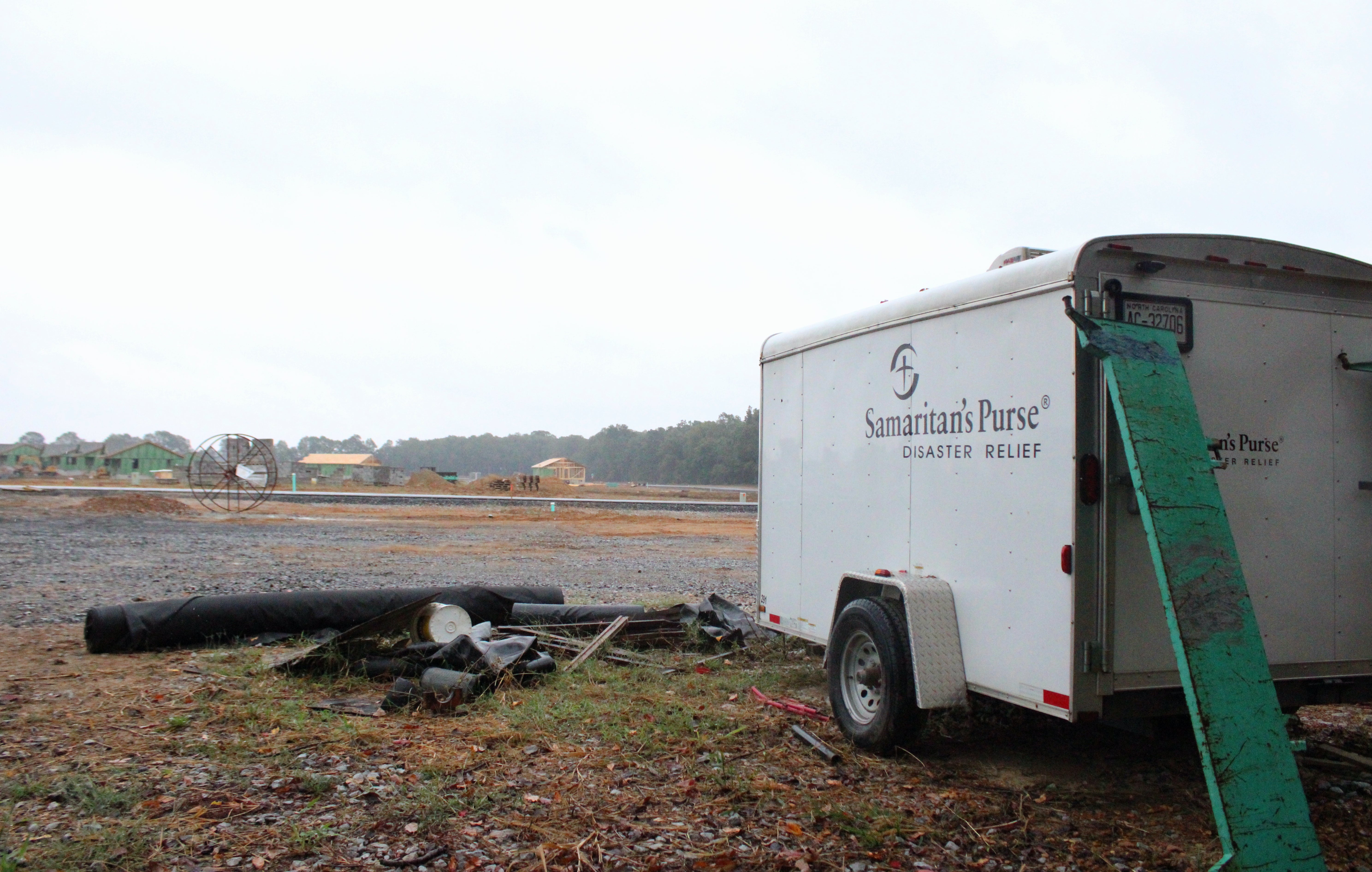
Houses are being constructed in Graves County at New Hope, a new neighborhood built in the tornado’s aftermath.
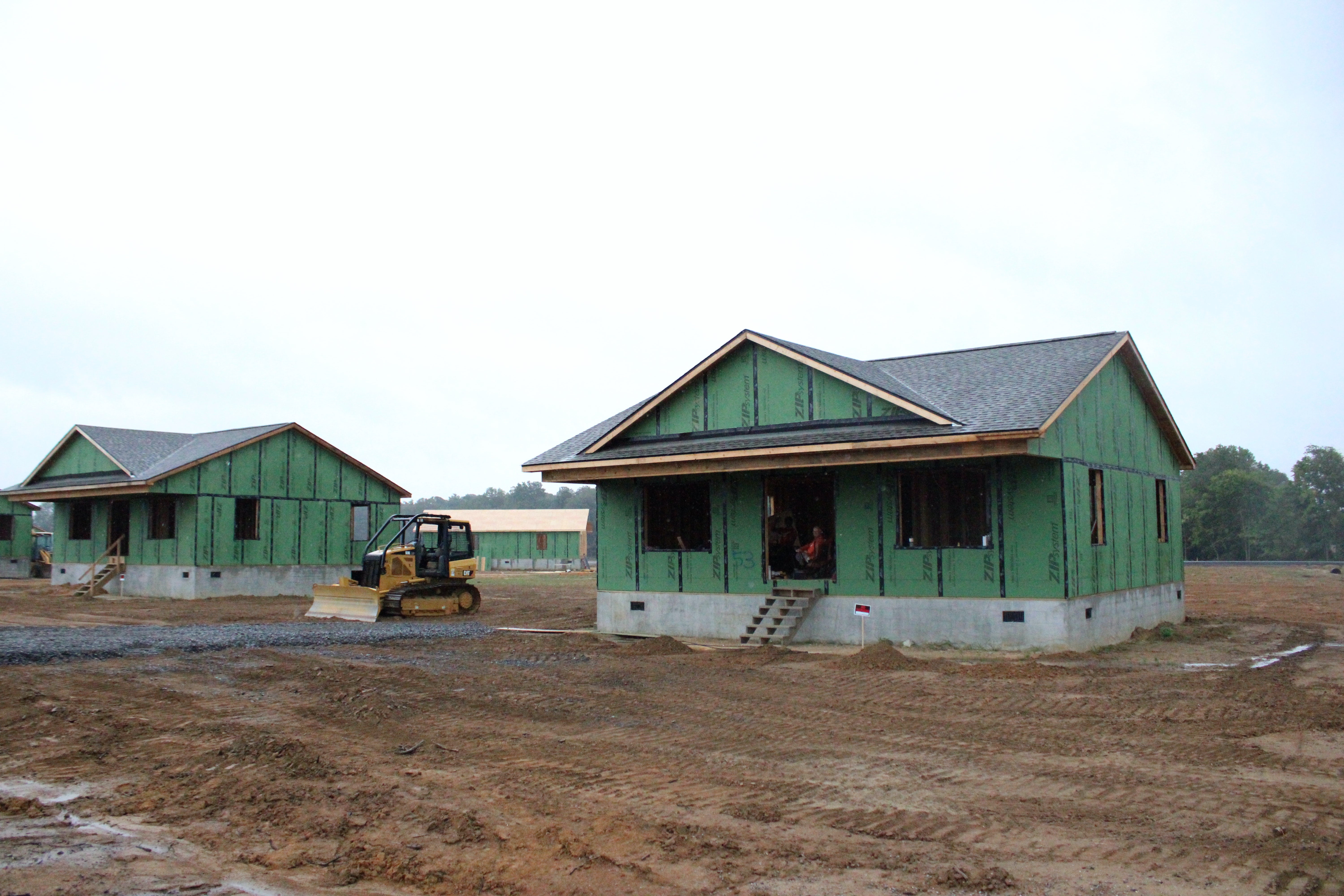
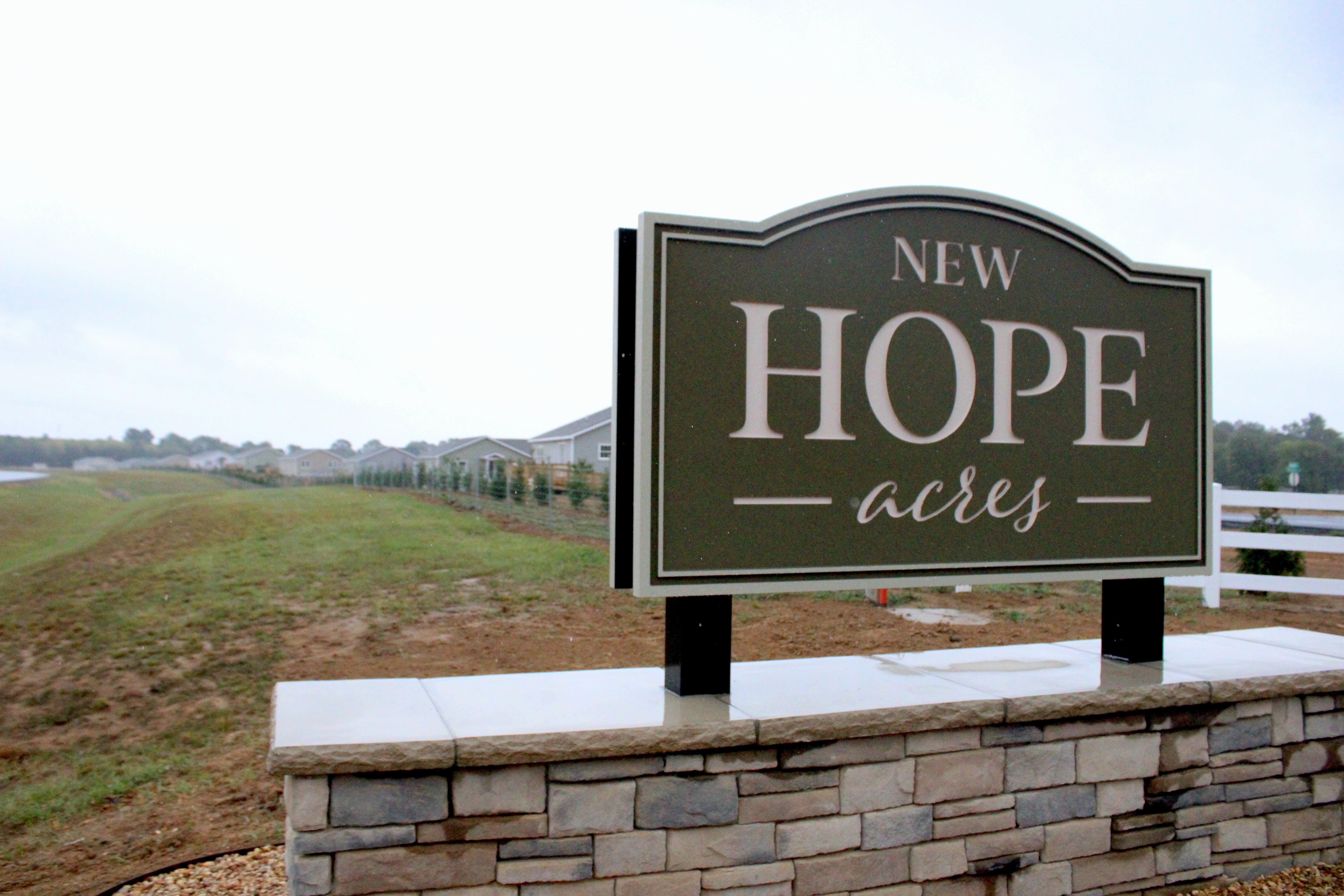
‘We needed a party’
On May 20th, county singer Trace Adkins held a free concert in Mayfield.
He filmed a music video to his song “Somewhere in America” in the town, featuring what he called “the resilient spirit” of Mayfield’s citizens.
The video highlights first responders, meteorologists and O’Nan herself.
O’Nan heard about the concert for weeks afterward. People kept telling her how fun it was, how nice it was to just have a good time and forget about what the community has been through for a night.
“I didn’t realize how much we needed a party,” O’Nan said.




